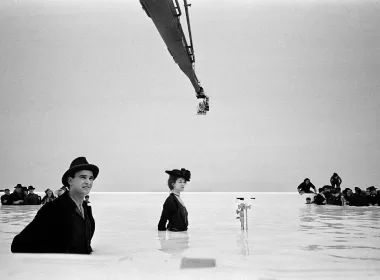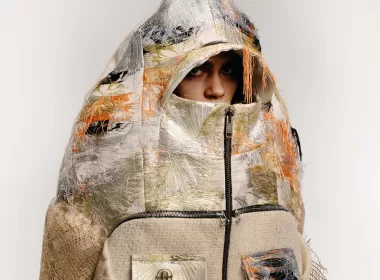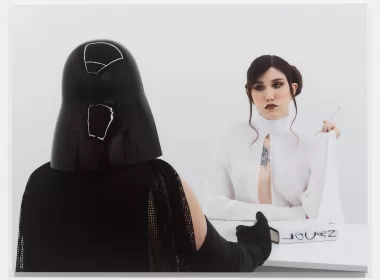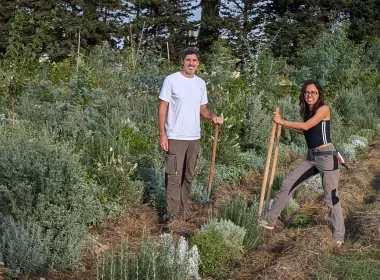The twelfth edition of the Ragusa Foto Festival, directed by founder Stefania Paxhia and artistic director Massimo Siragusa, took place from August 30 to September 30 in Ibla, Ragusa’s oldest district and Unesco heritage site, known for its Baroque architecture, narrow alleys, and panoramic views over the Sicilian countryside.
The festival kicked off with three days of seminars, workshops, readings, awards and conferences, marking the opening of several photographic exhibitions spread across the ancient town to reflect on a theme more topical than ever: taking a pause.
Contemporary society is characterised by a constant state of flux—always moving, always focused on what’s next. Rarely do we take the time to stop and appreciate life’s beauty and complexity. This makes the words of Modican poet and Nobel laureate Salvatore Quasimodo,“Ogni pausa è cielo in cui mi perdo” (“Every pause is a heaven in which I lose myself”), especially poignant today.
It’s these words — along with the backdrop of the idyllic Sicilian town — that form the foundation of this year’s festival, titled Prendersi una pausa (Taking a pause).
Both renowned photographers and emerging talents were invited to share their interpretations of the theme. “Sicily is the protagonist of the works on display, continuing to show the vitality and innovation of contemporary photographic production, free and open to dialogue across artistic and geographical boundaries”, says Stefania Paxhia.
Here’s a look at the featured projects:
Ferdinando Scianna, the first Italian photographer to join the prestigious Magnum agency, presented Dormire, forse sognare, a series of images capturing man at his most intimate and defenceless: in sleep.
The collaborative project by two contemporary greats — photographer Antonio Biasiucci and artist Mimmo Paladino — titled Tombola, is dedicated to the ancient Neapolitan game, symbolising moments of tradition and conviviality.
In Isola, Simona Ghizzoni uses staged photography, self-portraiture, and everyday documentation to reflect on her own being, exploring the connection between the earth, nature, and personal roots in her search for a new future.
Sicily is the protagonist of the works on display, continuing to show the vitality and innovation of contemporary photographic production, free and open to dialogue across artistic and geographical boundaries
Mario Cresci’s new project, Limen, Soglia di Passaggio, highlights the interaction between the landscapes of the Iblean territory and cartographies of Sicily, drawing from the prestigious “Cesare e Doris Zipelli” collection to reflect the island’s geopolitical significance over the centuries.
Two other works also centre on Sicily: Loredana Nemes’ Sicilia, a series of diptychs that celebrates the importance of our relationship with trees…
and Umberto Coa’s Stadi di Sicilia, which examines football’s role in the nation’s identity through images of Sicilian football pitches.
Venetian born Luca Campigotto asks us to reflect on the balance between man and nature with Waterviews, a mesmerising series of images capturing the vastness and mystery of bodies of water.
Marco Zanta’s, This is the way it is, transports us into a dystopian world of contemporary scenes suspended in time.
One of Italy’s beloved set photographers, Angelo Raffaele Turetta, presents Cronache dalla Finzione, which spans thirty years of Italian cinema, capturing it through a magical and surreal lens.
Viola Pantano, an established and eclectic young artist, shares Anemos, a project exploring the dialogue between photography and performance art.
The festival also featured last year’s winner Alessandro Cristofoletti (Uniti da ciò che separa) and honourable mentions Ciro Battiloro (Le Petit Souffle) and Claire Power (La montagna), alongside contributions from Editoria Indipendente (Identità e innovazione) and Memoria Iblea (A cura di Alfredo Corrao). The event was further enriched by a scientific committee and collaborations with local and national cultural partners.
Since its inception in 2012, the Ragusa Foto Festival has provided a platform to explore the cultural intricacies of the Mediterranean and foster a dialogue of diverse ideas of the “sea between the lands.”





































